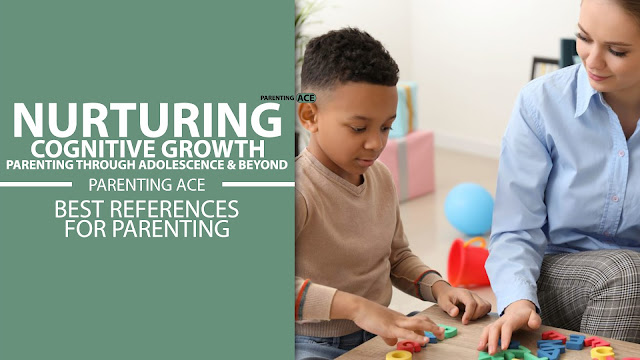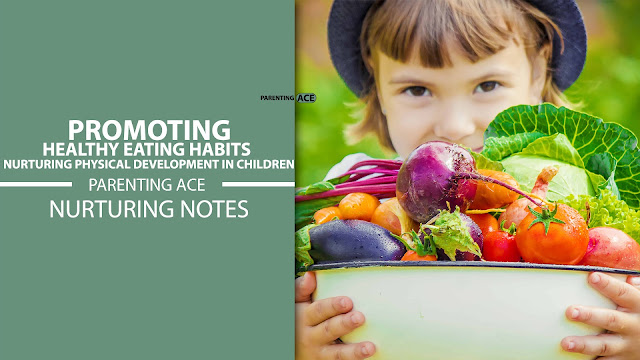The Power of Positive: Using Reinforcement and Rewards to Nurture Good Behavior
Forget nagging and punishment! This post explores the power of positive reinforcement for fostering good behavior in your child. Learn why focusing on the positive boosts self-esteem and intrinsic motivation. Delve into different types of rewards, from verbal praise to quality time, and discover how to choose the ones that resonate with your child. Explore strategies for immediate reinforcement, consistent application, and gradually fading out tangible rewards. Embrace the journey of creating a positive and encouraging environment where good behavior thrives!
 |
| The Power of Positive: Nurturing Good Behavior |
How Can Parents Use Positive Reinforcement And Rewards To Encourage Good Behavior?
Every parent strives to raise a well-behaved and responsible child. While discipline plays a role, positive reinforcement and rewards can be powerful tools for encouraging good behavior. This article explores the benefits of positive reinforcement, different types of rewards, and provides practical strategies for using them effectively.
The Science Behind Positive Reinforcement
Positive reinforcement strengthens desired behaviors by following them with a positive consequence. This increases the likelihood that the behavior will be repeated in the future. Here's why it works:
- Focuses on the Positive: Instead of punishment, positive reinforcement focuses on the good choices your child makes. This fosters a more positive and encouraging parenting environment.
- Boosts Self-Esteem: Recognition and praise for good behavior builds a child's confidence and self-worth. They feel motivated to repeat positive behaviors to maintain that positive reinforcement.
- Encourages Intrinsic Motivation: Over time, the focus shifts from external rewards to the internal satisfaction of making good choices. Children internalize positive behavior as the norm.
Choosing the Right Rewards
Rewards come in many forms, and the most effective ones are tailored to your child's age, interests, and personality. Here are some ideas:
- Verbal Praise:Simple yet powerful, a sincere "good job" or "I'm proud of you" can go a long way.
- Quality Time:Spend some one-on-one time doing an activity your child enjoys, like playing a game, reading a book, or going for a walk.
- Privileges: Offer age-appropriate privileges for good behavior, such as choosing a bedtime story or staying up a bit later on weekends.
- Tangible Rewards:While not the primary focus, small, age-appropriate rewards like stickers, a trip to the park, or a special treat can be motivating, particularly for younger children.
- Activity Rewards: Choose activities as rewards, like going to the museum, playing a sport, or attending a special event.
Strategies for Success
Here are some tips for using positive reinforcement and rewards effectively:
- Be Specific: Clearly define the desired behavior and what constitutes "good" behavior. For example, instead of saying "be good," say, "use your words calmly when you're frustrated."
- Be Immediate: Provide praise or rewards as close to the desired behavior as possible. This strengthens the connection between the action and the positive consequence.
- Be Consistent: Don't be sporadic with rewards. Consistency is key to establishing expectations and building a predictable environment.
- Focus on Progress: Celebrate small victories, especially when a child is working on mastering a challenging behavior.
- Tailor the Reward: Choose rewards that are meaningful and motivating to your child.
- Gradually Fade Out Tangible Rewards: As your child internalizes positive behavior, gradually reduce reliance on tangible rewards. Focus on verbal praise and the intrinsic satisfaction of making good choices.
Beyond Rewards
Positive reinforcement goes beyond just rewards. Here are some additional strategies:
- Catch Them Being Good: Don't wait for exceptional behavior to offer praise. Acknowledge everyday good choices to reinforce positive behavior patterns.
- Model Positive Behavior: Children learn by observing adults. Model the behavior you expect from your child and demonstrate positive conflict resolution skills.
- Create a Supportive Environment: Make good behavior the easy choice by providing a predictable and supportive environment with clear expectations.
Positive reinforcement and rewards are powerful tools for fostering good behavior. By using them effectively, you can create a positive and encouraging parenting environment that motivates your child to make good choices and develop strong character.
Parenting is a journey, and there will be times when positive reinforcement alone isn't enough. However, by focusing on the positive, offering meaningful rewards, and celebrating progress, you can empower your child to become a well-adjusted and responsible individual.




